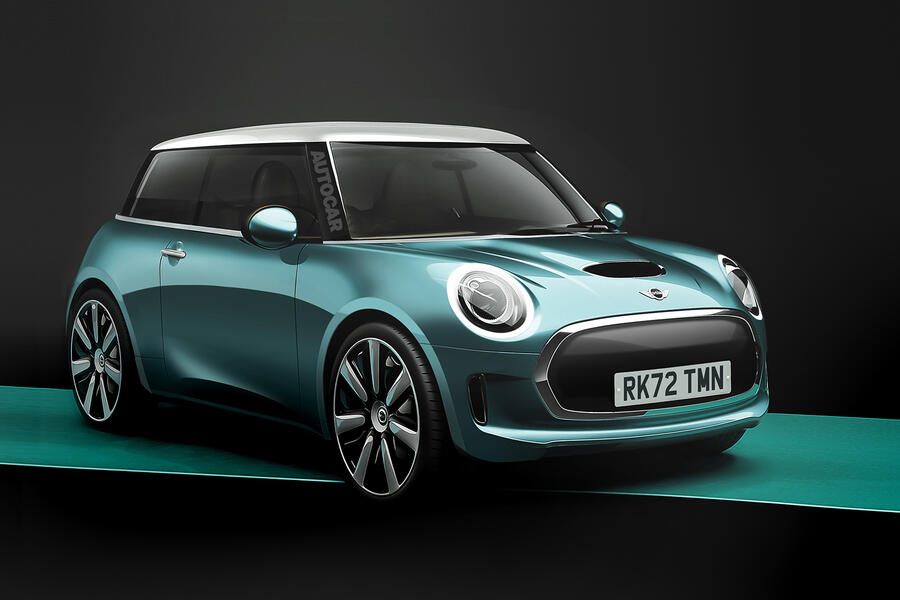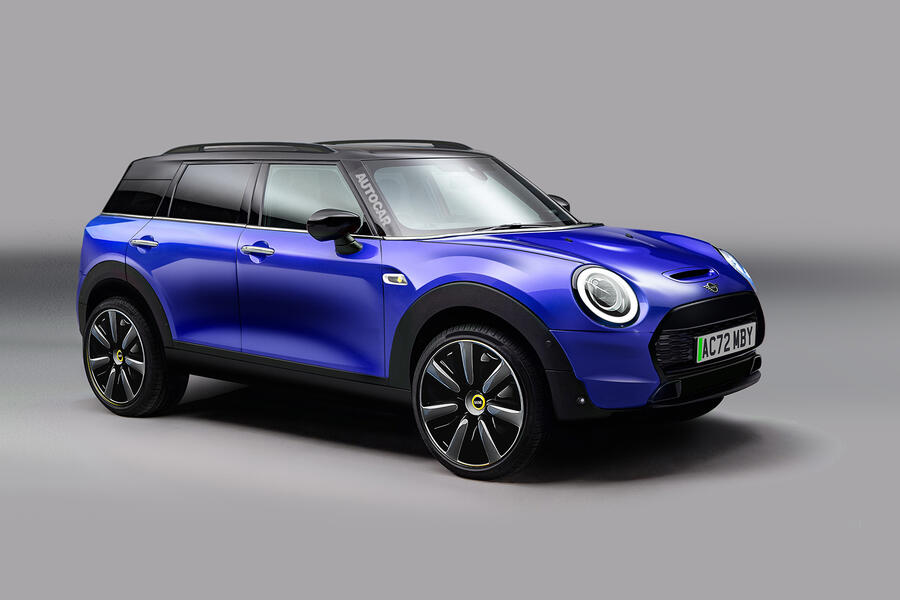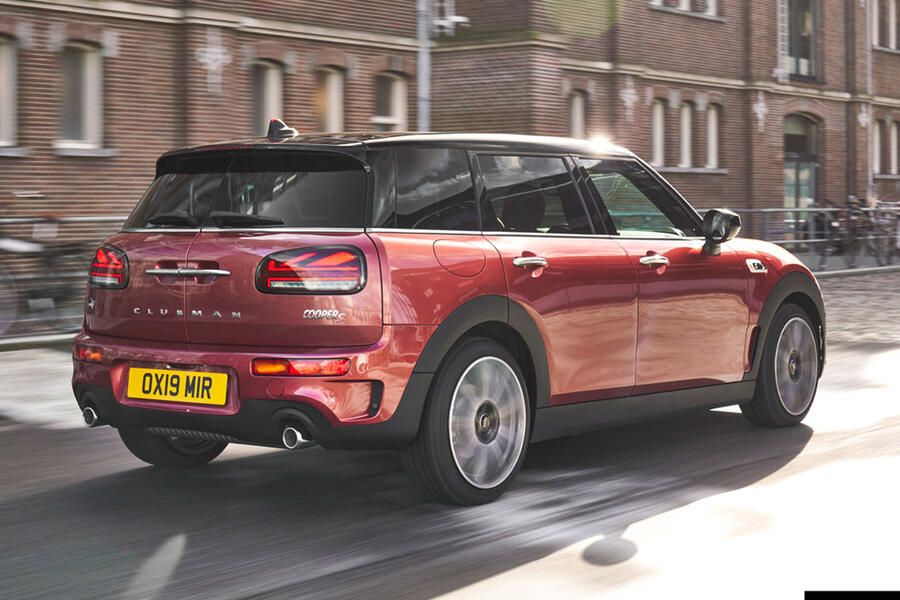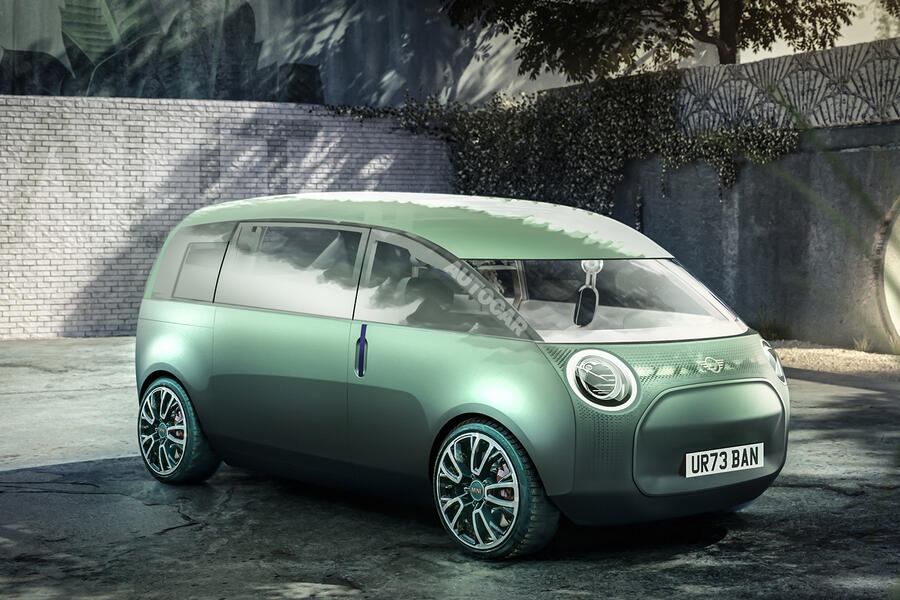Mini is about to undergo a major shake-up as its BMW parent executes plans to dramatically extend the British brand’s line-up and transform it into an electric-only maker by 2030.
Between late 2022 and 2025, Autocar understands, Mini will launch a super-compact three-door electric city car just 3.5m long, before capping the new range with a bigger Countryman crossover and a spacious, long-range electric MPV. These last two models are expected to be at least 4.5m long, making them the biggest Minis yet. Today’s 3-Door Hatch and 5-Door Hatch will be replaced, as will be the Convertible and Clubman, Autocar understands.
A step towards becoming a fully electrified brand has been taken with the unveiling of the one-off electric Mini JCW Pacesetter, which will be used as a pace car for Formula E.
According to BMW insiders, a less dramatically styled version of the electric JCW will be launched later this year or in early 2022. The JCW EV will be aimed at establishing the credibility of pure-electric Minis by showcasing the pace and sharp handling that have been a hallmark of the brand’s performance cars for decades, before the all-new fourth-generation Mini hatchback arrives eight to 12 months later.
Another all-electric Mini model has been spotted undergoing winter testing recently, and is likely to revive the Minor nameplate.
The Minor will be the first model to emerge from the BMW and Great Wall ‘Spotlight’ alliance in China. It is based on an all-new platform that has been developed jointly by BMW and Great Wall engineers. Construction of the new £550 million Spotlight factory, which is in Jiangsu province in China, started in June 2020.

The companies say the facility’s role will include research and development for EVs and building the new Mini model for global markets. All Mini models are currently imported into China, which results in the showroom price being comparable to that of a locally produced BMW 3 Series.
Relaunching the centrepiece Mini as a very compact, domestically built urban EV is expected to significantly boost the brand’s presence in China.
It is thought that BMW has been able to realise a super-compact Mini because of the packaging and space-saving advantages inherent in battery-electric platforms.
Like the original Mini, which adopted a transverse engine and sump-mounted gearbox, a new type of compact suspension and tiny wheels to give ultra-compact proportions, the Mini Minor’s packaging will benefit from the flat floor enabled by the battery pack as well as the new all-in-one electric powertrain units being developed by BMW.
Codenamed ‘Heat’, these units combine a new type of water-cooled motor, power electronics and single-speed transmission into a single module that fits into the space of a typical internal combustion engine.


